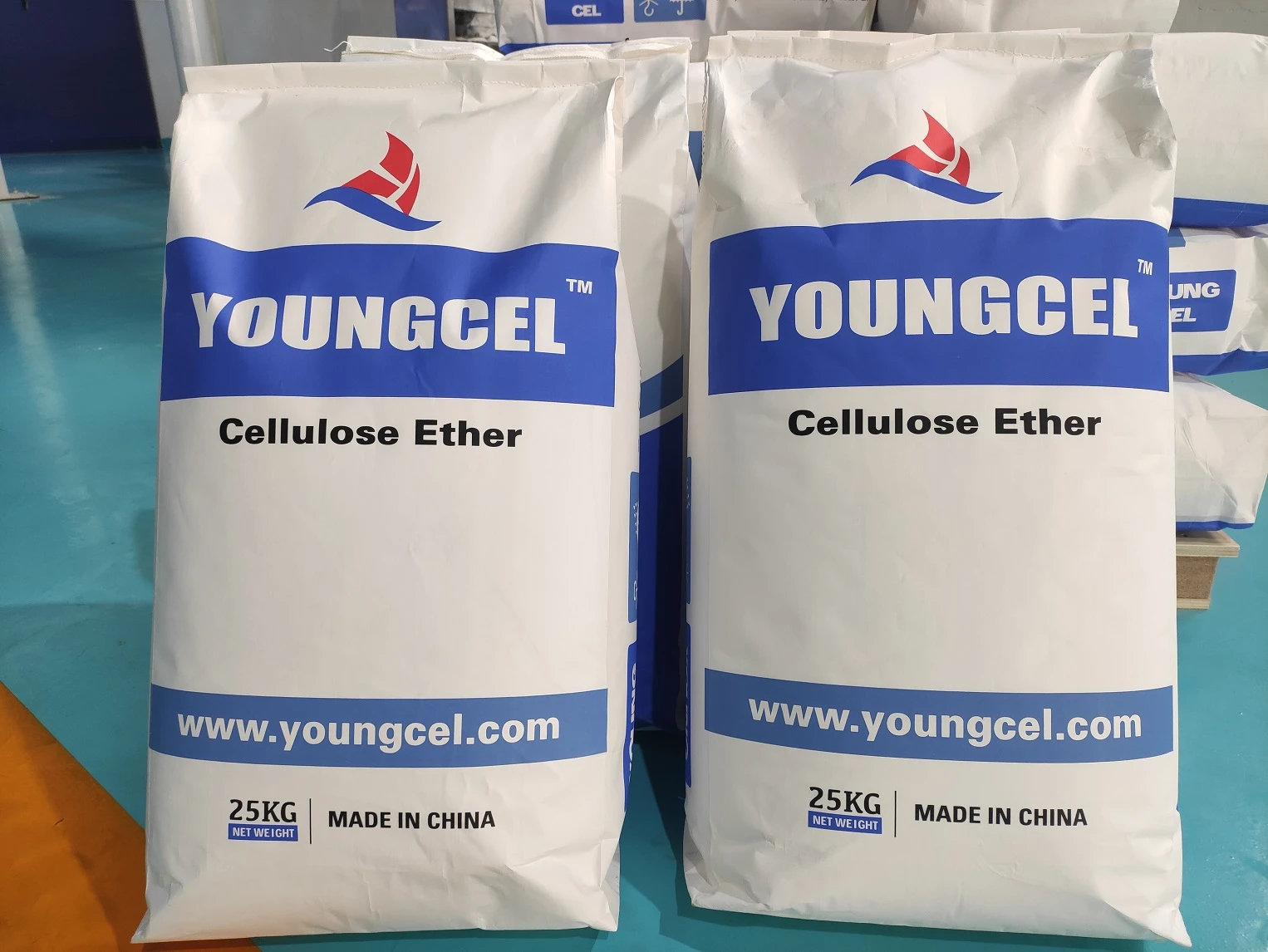The Chemical Composition and Properties of Cement Understanding Its Essentials
Cement is a fundamental ingredient in the construction industry, serving as a binder that holds various materials together to create a solid structure. Understanding the chemical composition of cement is crucial for engineers, architects, and construction workers as it influences the material's properties and its application in construction projects.
Cement is primarily composed of four main chemical compounds, which are known for their distinct properties and roles in the setting and hardening processes. These compounds are tricalcium silicate (C3S), dicalcium silicate (C2S), tricalcium aluminate (C3A), and tetracalcium aluminoferrite (C4AF).
Tricalcium Silicate (C3S)
Tricalcium silicate, constituting approximately 50-60% of the cement's total composition, is responsible for the early strength development of concrete. Upon hydration, C3S reacts with water to form calcium silicate hydrate (CSH), the primary product that gives concrete its strength. This compound hydrates quickly, which is why concrete made with high C3S content gains strength rapidly in the initial days after pouring.
Dicalcium Silicate (C2S)
Dicalcium silicate accounts for roughly 15-30% of the cement’s composition and contributes to the later strength gain of concrete. Unlike C3S, C2S hydrates more slowly, gradually releasing strength as the concrete cures over time. This characteristic makes C2S crucial for long-term durability and strength, especially in structures that require longevity and resilience against environmental factors.
Tricalcium Aluminate (C3A)
cement chemical

Tricalcium aluminate represents about 5-10% of cement and plays a significant role in the initial hydration process. Although it contributes to the early setting of cement, it is also responsible for the production of heat during hydration, known as heat of hydration. C3A can be sensitive to sulfate, leading to potential durability issues if exposed to sulfate-rich environments. Therefore, understanding its content in cement is necessary for applications in specific environments.
Tetracalcium Aluminoferrite (C4AF)
Tetracalcium aluminoferrite is the least abundant of the four major compounds, accounting for about 5-10% of cement. Its main role is to affect the color and the initial setting time of the concrete. C4AF contributes to the overall strength but is not as influential as C3S or C2S. It also helps in reducing the overall clinker production cost, making it an essential component in modern cement production.
The Role of Additives
In addition to these primary compounds, various additives are often incorporated into the cement manufacturing process to enhance its properties. For example, mineral additives like fly ash, slag, and silica fume can improve workability, durability, and resistance to aggressive environmental conditions. Chemical additives such as superplasticizers allow for reduced water content while maintaining workability, leading to stronger concrete with lower permeability.
Conclusion
Understanding the chemical composition and properties of cement is indispensable in the construction sector. Each compound plays a unique role that influences the performance and durability of concrete structures. As construction practices continue to evolve, the exploration of advanced materials and compositions will help in designing more resilient and sustainable structures that benefit society while minimizing environmental impacts. This foundational knowledge not only aids in selecting the right cement for specific applications but also ensures the integrity and longevity of the built environment.




